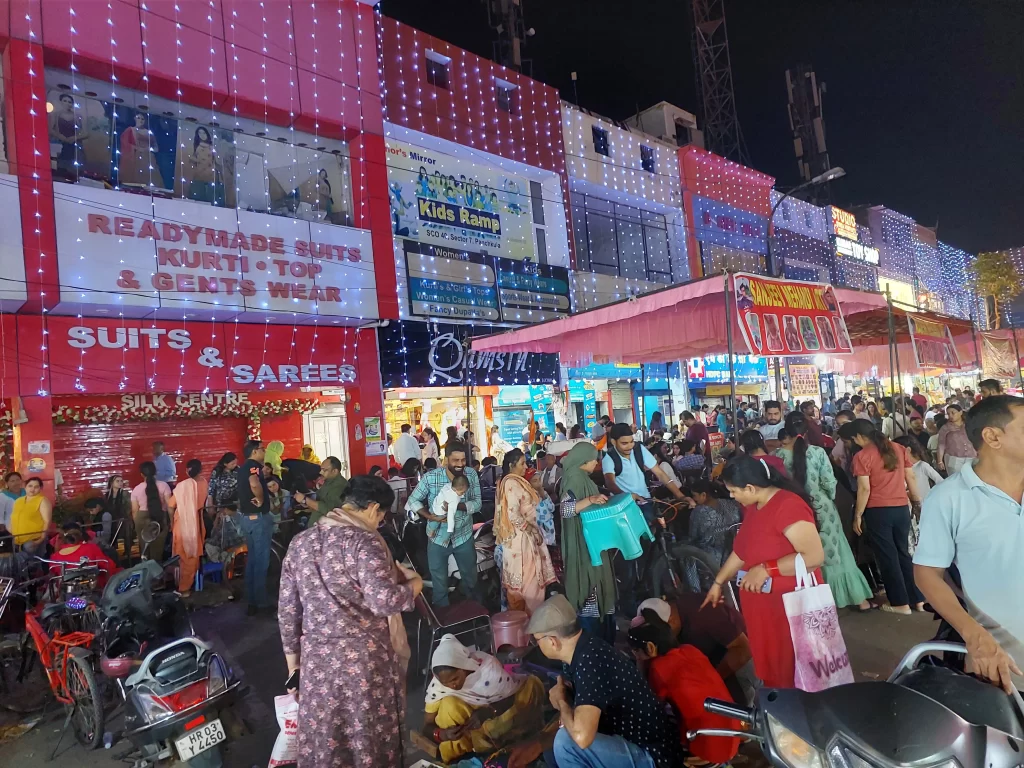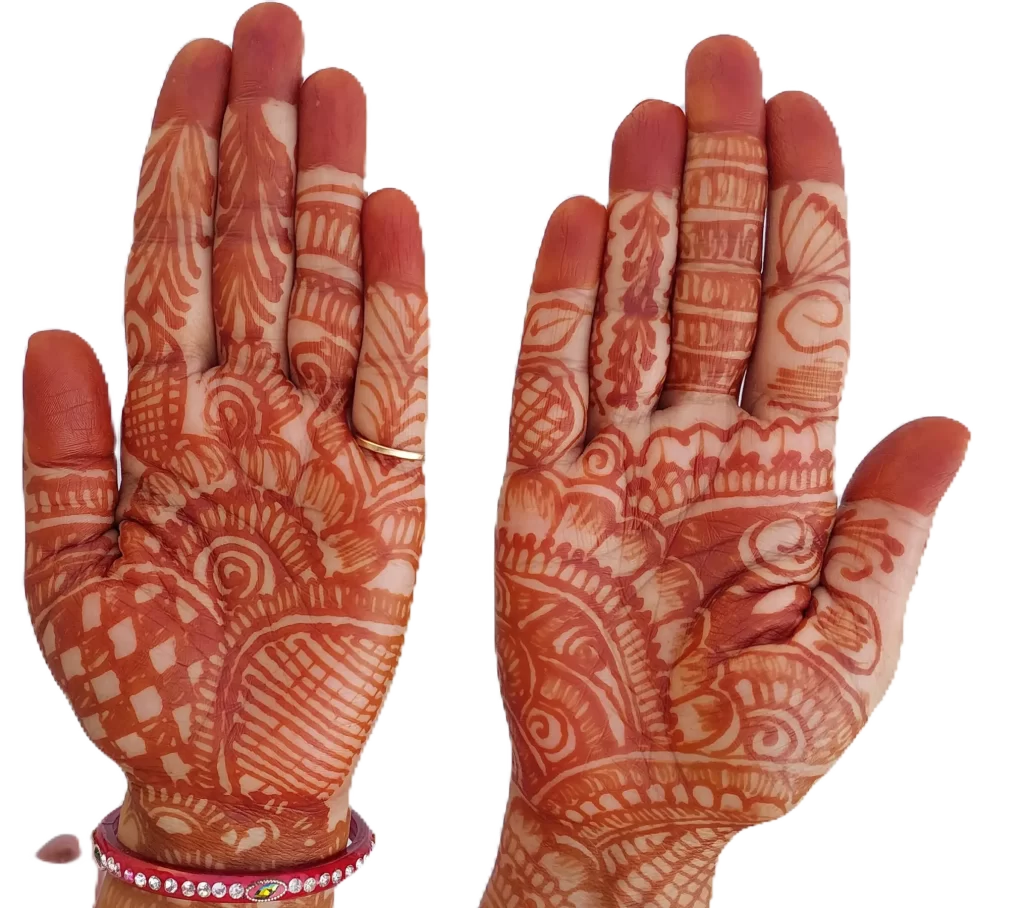Karva Chauth, one of the most awaited and revered festivals for married Hindu women in India, embodies love, faith, and devotion towards their husbands. Celebrated predominantly in the northern states like Punjab, Haryana, Rajasthan, Uttar Pradesh, and parts of Delhi, this day holds immense significance in Indian culture. It falls on the fourth day after the full moon (Purnima) in the month of Kartik (according to the Hindu lunar calendar), typically in October or November.

The Origins and Historical Significance
The roots of Karva Chauth go deep into the ancient traditions of India, often linked to folk tales and mythology. The word “Karva” refers to a small earthen pot of water, and “Chauth” signifies the fourth day of the waning moon cycle in Kartik month.
Historically, Karva Chauth was not only about prayers for the husband’s longevity but also symbolized the bond of sisterhood between women. The tradition of fasting and praying for their husbands dates back centuries. Women, particularly those whose husbands were away at war or on long-distance journeys, would observe a day-long fast, praying for their safe return and long life. Karva Chauth, therefore, became an expression of strength and sacrifice.
The Legend of Queen Veeravati
The most well-known story associated with Karva Chauth is that of Queen Veeravati. According to legend, Queen Veeravati was the only sister of seven brothers. She was deeply loved by her family. On her first Karva Chauth after marriage, she observed the fast with sincerity and devotion. However, by evening, she became weak due to hunger and thirst. Her brothers, unable to see her in pain, decided to trick her into breaking the fast early. They created a fake moon using a mirror’s reflection in a tree. Believing it to be the real moon, Veeravati broke her fast. However, as soon as she ate, she received the news of her husband’s death. Distraught, she pleaded to the goddess for mercy. Her prayers were eventually answered, and her husband was restored to life. Since then, married women have followed the fast strictly to ensure the longevity and well-being of their husbands. The legend which is narrated in the evening by forming a circle with Suhag Thali by the married women in Hindi is as under:-
“करवा चौथ की कथा (सुगाह थाली के दौरान सुनाई जाने वाली):
प्राचीन समय की बात है, एक सुंदर रानी वीरवती नाम की थी। वीरवती सात भाइयों की एकमात्र बहन थी, और सभी भाई उससे बहुत प्यार करते थे। उसका विवाह एक वीर राजा से हुआ था। शादी के बाद, वीरवती ने अपने पहले करवा चौथ का व्रत रखा। वह पूरे दिन बिना अन्न और जल के अपने पति की लंबी उम्र की कामना के लिए व्रत कर रही थी।
दिन भर उपवास के कारण वीरवती काफी कमजोर हो गई। उसके भाई उसकी दशा देखकर बहुत चिंतित हुए और उन्होंने उसे व्रत तोड़ने के लिए कहा। लेकिन वीरवती अपने पति के लिए पूरा व्रत करना चाहती थी, इसलिए उसने मना कर दिया। भाइयों ने उसे धोखे से व्रत तुड़वाने की योजना बनाई। उन्होंने एक पेड़ के पीछे एक आइना रख दिया जिससे ऐसा प्रतीत हो कि चाँद उग आया है। वीरवती ने भाइयों की बातों में आकर झूठे चाँद को देखकर व्रत तोड़ दिया और भोजन कर लिया।
जैसे ही उसने भोजन किया, उसे अपने पति की मृत्यु का समाचार मिला। यह सुनकर वीरवती का ह्रदय टूट गया और वह रो-रो कर माँ पार्वती से अपने पति के जीवन की भीख माँगने लगी। वीरवती की सच्ची भक्ति और प्रार्थना से प्रसन्न होकर माँ पार्वती ने उसे आशीर्वाद दिया और कहा कि वह अपने व्रत को पूरी श्रद्धा के साथ दोबारा रखे। माँ पार्वती की कृपा से उसका पति पुनः जीवित हो गया और दोनों का जीवन खुशहाल हो गया।
तब से हर वर्ष महिलाएँ करवा चौथ का व्रत रखकर अपने पति की लंबी आयु और सुख-समृद्धि के लिए उपवास करती हैं। “
The Rituals of Karva Chauth
Karva Chauth is marked by strict fasting from sunrise to moonrise, during which women abstain from both food and water. The day begins with “Sargi,” a pre-dawn meal prepared by the mother-in-law and consumed by the fasting women before sunrise. It consists of fruits, sweets, and dishes high in energy to sustain them through the day.
Throughout the day, women gather in groups, often adorned in traditional red or brightly colored sarees or lehengas, complete with bangles, bindi, and henna on their hands. This attire reflects the essence of suhaag (marital bliss) in Indian tradition. They also exchange stories of love and commitment, sing songs, and pray for their husbands’ prosperity. As evening approaches, a ceremonial prayer is held, where women sit in a circle with their Karva (earthen pots) and pass them around while singing hymns. An idol of Goddess Parvati, known as “Gaura Ma,” is worshipped, and women seek her blessings for a blissful married life.

The most anticipated moment of the day arrives when the moon finally rises. Women, accompanied by their husbands, offer prayers and water to the moon, and then, looking at the moon through a sieve, they break their fast. The husband then offers his wife the first sip of water and a morsel of food, symbolizing the mutual care and love in their relationship.
Karva Chauth in Modern Times
While traditionally Karva Chauth was observed by women in rural and suburban India, the festival has evolved in contemporary times. With its growing popularity, the festival has garnered attention in urban areas as well. It has been glamorized in Bollywood movies, giving it a romanticized appeal. Today, many urban couples celebrate Karva Chauth together, with husbands participating in the fast as a gesture of equality and shared love.
The festival remains a beautiful blend of age-old customs and modern expressions of love. Despite the challenges of changing lifestyles, Karva Chauth continues to thrive, with its central theme of love, devotion, and sacrifice remaining untouched.
Karva Chauth is more than just a day of fasting; it’s a celebration of marital harmony and togetherness. The stories and rituals tied to the festival remind us of the depth of love and commitment in Indian culture. Though its historical roots lie in rural communities and ancient folklore, Karva Chauth continues to be relevant today, symbolizing the strength and emotional bond that defines the sacred institution of marriage in India.





